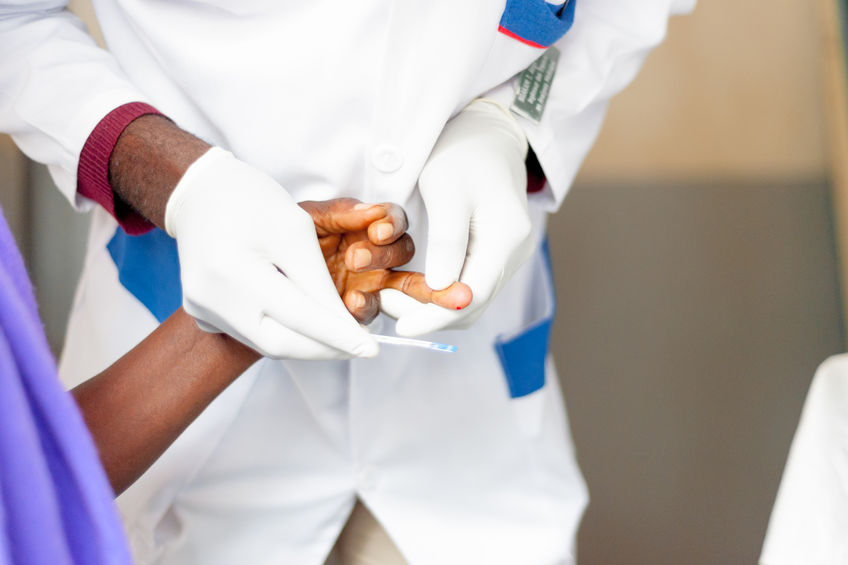Urgent Care Centers – Adapting To Covid-19 Settings

Whenever you get a cough, sneeze, headache, or mild fever, you wonder if it could be Covid-19.
These symptoms do not necessarily mean you have Covid-19. Corona virus and flu have different symptoms.
A visit to an urgent care walk-in clinic can help in diagnosing what your condition is.
Even if the center does not have covid-19 diagnosing facility, they direct the patient to an appropriate hospital.
Medical professionals are of the opinion that Covid-19 is a multi-organ disease that can affect any part of the body.
You must keep in mind that the 4 symptoms most common among Covid-19 patients are:
- Fever
- Loss of taste or smell
- Dry cough
- Fatigue
Unlike flu symptoms which usually surface fast, Covid-19 has a longer incubation period lasting several days.
Many patients report several other symptoms too, including wet cough, tightness in chest, and feeling out of breath even after light activity, chills, diarrhea, and abdominal pain.
Medical professionals have now realized that Covid-19 is not just a respiratory illness and can present itself in numerous unusual ways.
Many symptoms are rare, such as:
- Dizziness
- Eye issues
- Blood clots
- Severe muscle pain
- Rashes
- Palpitations
- Blisters on toes and fingers
A few patients develop pneumonia as the virus assaults the lungs. Oxygen levels can drop with the patient developing short, rapid breathing. Such signs require urgent medical attention.
If you or any of your loved ones feels distress, a visit to an urgent care Alexandria VA can help.
A few of the facilities treat minor illnesses and injuries and also offer corona virus testing.
There is no need to be apprehensive.
Almost all urgent care facilities maintain cleanliness and follow all CDC guidelines.
You can also make use of their telehealth facility and get care for flu and infections.
The urgent care center will send the prescriptions to local pharmacy without the need to visit the facility.
“The use of telehealth improves the effectiveness of health services”, says a physician at an urgent care walk-in clinic. “We are extensively making use of telehealth as an important tool to safeguard the health of patients and staff during this Covid-19 outbreak”.
Transforming the way healthcare is delivered during this Covid-19 outbreak has reduced staff and patient exposure to sick people.
The telehealth modalities can be:
- Synchronous – Urgent care makes use of real-time telephone or audio or video interaction with the patient using cell phone, computer, or tablet.
- Asynchronous – In this case the interaction does not happen in real time. It is a “store and forward” mode. Secure messaging allows communication between the provider and patient to send messages and data to be collected at one point of time and interpreted and responded to later.
By using telehealth, urgent care decides which situations require in-person visits considering the urgency, the patient’s health status or if a physical exam or lab testing is necessary.
However, telehealth may not be ideal for STD tests because of patient discomfort and the need for privacy.



